Politics and Government

Assimilation in the United States: Twentieth Century
Jewish women assimilating into a changing American society across the twentieth century navigated often conflicting gender roles. As they strove to achieve upward social mobility, they adapted Jewish assumptions of what women, especially married women, should do to accommodate American norms for middle class women. Their collective accomplishments registered in political activism, organizational creativity, strong support for feminism, religious innovation, and educational achievement in the face of antisemitism, stereotypes, and denigration.
Associazione Donne Ebree D'Italia (ADEI)
The Association of Italian Jewish Women, or ADEI, was founded in 1927 in the city of Milan, Italy, home to the second largest Jewish community in the country.

Athaliah: Bible
Queen Athaliah lived in the ninth century B.C.E. and was the wife of Jehoram of Judah. After her son’s brief rule, she kills the remaining members of the dynasty and reigns for six years, when she is overthrown. She is viewed negatively in scripture, which describes her actions as wicked, and her ability to harness power is not mentioned.
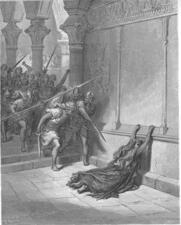
Athaliah: Midrash and Aggadah
Athaliah was one of the few women to rule Israel, which she did for six years. She was very powerful and is described as evil, as she radically changed traditional practices and executed almost all of the members of the Davidic lineage.
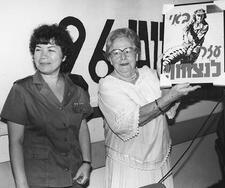
ATS and WAAF in World War II
During World War II, only when the Yishuv’s Council of Women’s Organizations called for the recruitment of women was an agreement reached with the British authorities to enlist women living in Palestine into the forces. The first to join were in the ATS (Auxiliary Territorial Serivce) followed by the WAAF (Women’s Auxiliary Air Force).

Australia: 1788 to the Present
The first Jewish women, like the first Jewish men, arrived in Australia on the very first day of European settlement in 1788. Those convict pioneers were followed by free settlers who made Jewish communal and congregational life viable and helped to develop the vast continent. Jewish women have made significant contributions to Australia's national story.
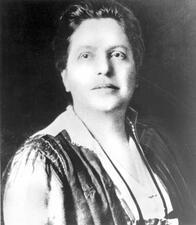
Autobiography in the United States
As the status and roles of women in American and Jewish life changed over the twentieth century, more and more American Jewish women turned to autobiographical writing as a means of documenting these changes and addressing questions of American, Jewish, and female identity. Jewish women created accounts of the immigrant experience, feminist or activist involvement, political and literary involvement, Holocaust survival narratives, as well as coming-of-age memoirs.
Sophie Cahn Axman
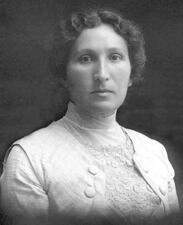
Sara Azaryahu

B'nai B'rith Women
Created at the beginning of the twentieth century, B’nai B’rith Women expanded its role during both World Wars. Although gender roles after World War II reverted to a more conventional structure, in the 1960s BBW shifted its efforts to reflect the antipoverty and feminist campaigns of the period.
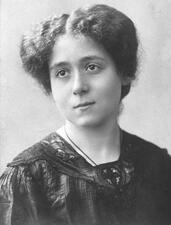
Bertha Badt-Strauss
A religious German-Jewish writer, intellectual, and ardent Zionist, Bertha Badt-Strauss was one of the first women to earn a doctoral degree in Prussia. She was a prolific writer, publishing hundreds of articles over the course of her lifetime, and was very involved in the “Jewish Renaissance” cultural movement. She was dedicated in particular to illuminating the diverse experiences of Jewish women past and present.
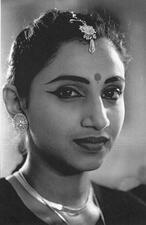
Baghdadi Jewish Women in India
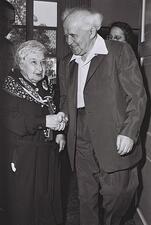
Angelica Balabanoff
Rebelling against her privileged upbringing, Angelica Balabanoff embraced socialism and rose to become one of the most celebrated activists and politicians in the early decades of the twentieth century, becoming especially involved in the Italian socialist movement.
Golde Bamber
Golde Bamber envisioned and institutionalized new educational structures to serve Jewish immigrant communities in Boston in the late nineteenth and early twentieth centuries. She served as director of the Hebrew Industrial School for Girls for forty years. Bamber’s pioneering work influenced settlement house, vocational, Jewish, and nursery school education in Boston and beyond.
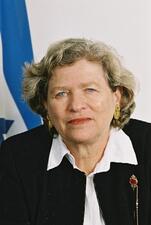
Elisheva Barak-Ussoskin

Miriam Baratz
Miriam Baratz was a founding member of Deganyah Aleph, the first socialist Zionist farming commune in pre-state Israel. She advocated for communal childcare and education, and for a cooperative and egalitarian economic structure. The gender paradigm she helped establish at Deganyah set a precedent of egalitarianism for the entire kibbutz movement.
Lizzie Spiegel Barbe
Lizzie Spiegel Barbe, a member of a prominent Chicago family, devoted more than fifty years of her life to being a clubwoman and leader within the Chicago Jewish community. Like other “Jewish Clubwomen” of this era, Barbe was motivated to establish leadership roles for women that had previous not existed within the organized Jewish community.
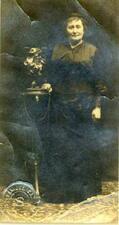
Lena Barber
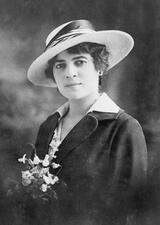
Clarice Baright
Hannah Barnett-Trager
Hannah Barnett-Trager’s involvement in the literary world began when she helped found and then worked as a librarian at the Jewish Free Reading Room in London. She published her first article in 1919 and went on to write books for both children and adults. Trager’s writing discussed Jewish culture and politics, often drawing from her own experiences.

Devorah Baron
Devorah Baron is one of the few Hebrew women prose writers in the first half of the twentieth century to gain critical acclaim in her lifetime. She wrote primarily about Jewish women’s lives, focusing on the challenges women faced in a society that did not value them equally. Her work was in dialogue with European writers, including Chekhov and Flaubert, and with Hebrew modernist writer S. Y. Agnon.
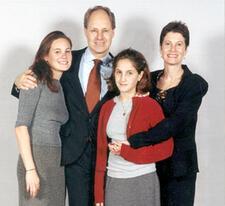
Patricia Barr
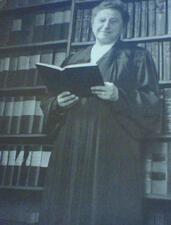
Jennie Loitman Barron
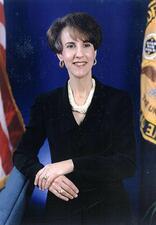
Charlene Barshefsky
Evangelyn Barsky
One of the first two women allowed to pass the bar in Delaware, Evangelyn Barsky made a great impact on her community in her brief career.


